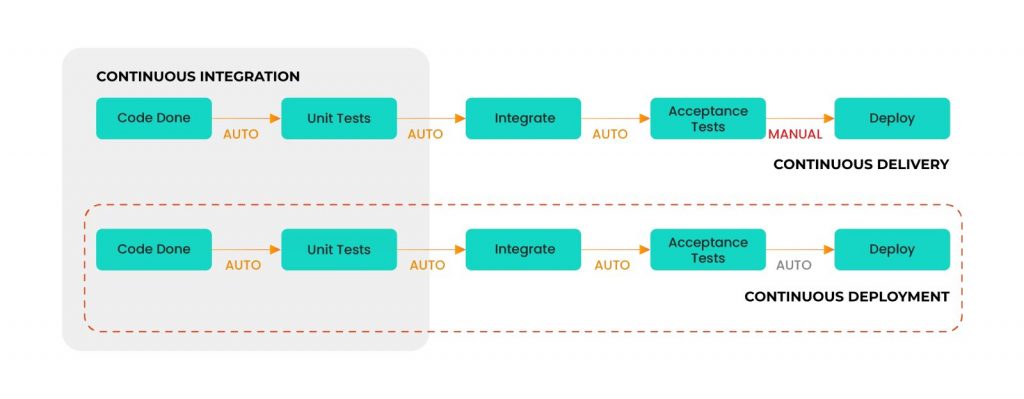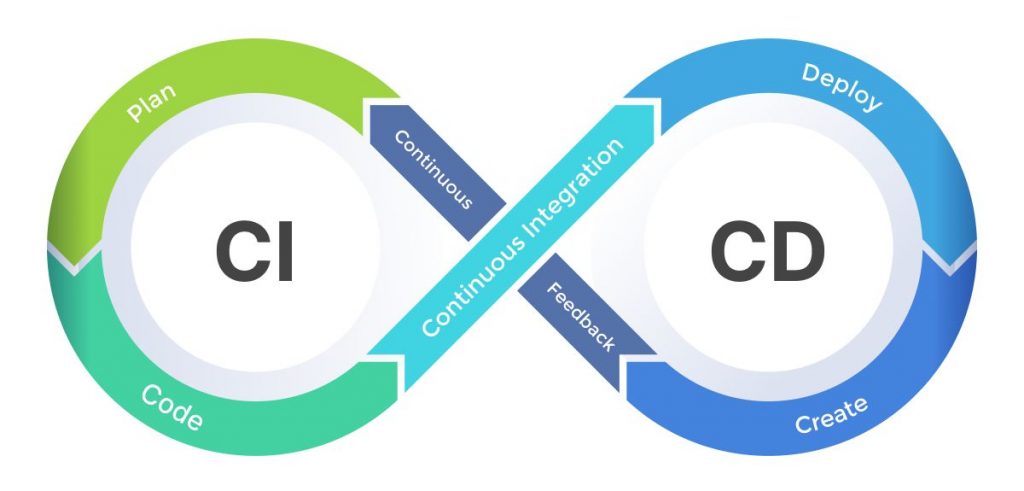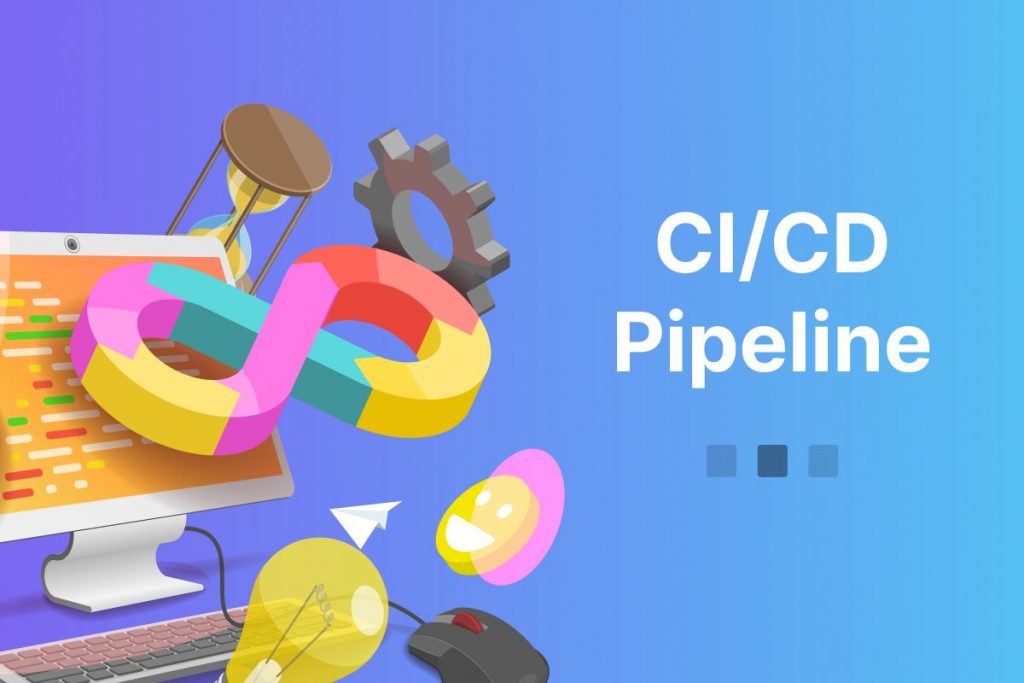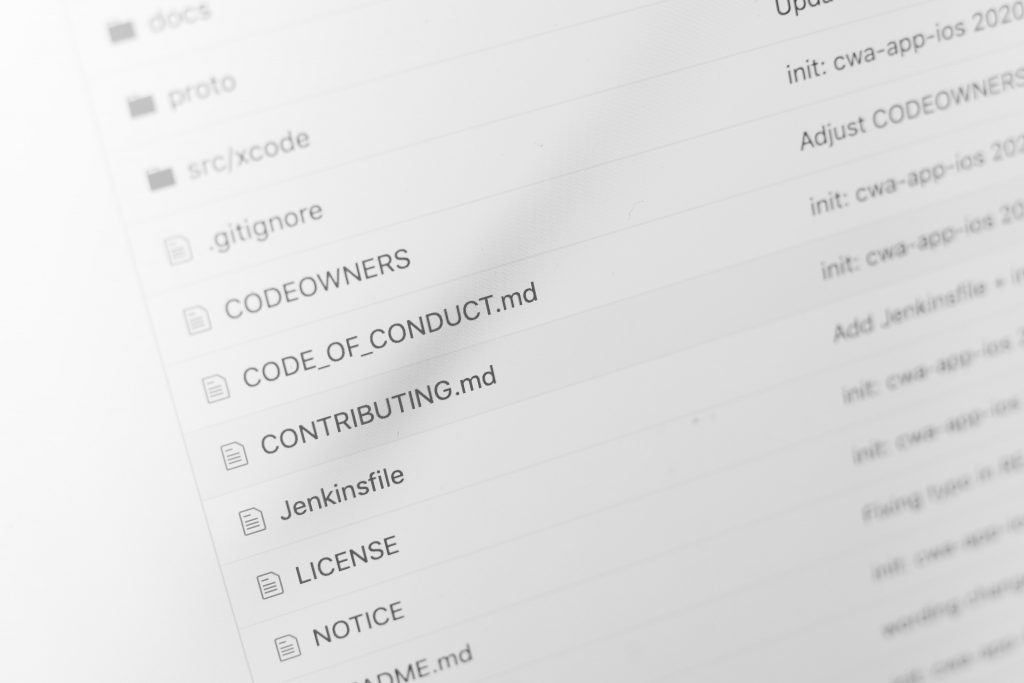In the realm of software development, the work doesn’t stop after the product is released. With technology constantly evolving, it’s crucial to continuously improve and update the software to deliver value to users and enhance business outcomes.
To achieve this constant improvement in software development, it is vital to incorporate automation that reduces the need for human intervention across the Software Development Life Cycle (SDLC). This includes activities such as planning, development, building, testing, deployment, and monitoring. The goal is to minimize downtime when deploying development deliverables and maintain system stability.
This article will delve into CI/CD, a critical automation component of the SDLC.
What is CI/CD?
CI/CD stands for Continuous Integration/Continuous Delivery or Deployment. It’s a set of practices that automates the software development process from code commit to deployment, aiming to deliver features faster and more reliably.
In recent years, it has become common for developers to adopt development processes such as Agile and Scrum. These processes allow developers to turn ideas into services and make iterative improvements quickly. Because these development processes are well suited to CI/CD, IT companies worldwide are actively adopting them.
The automated sequence of CI/CD steps is known as a CI/CD pipeline. Generally, CI/CD pipelines require a skill set different from that of engineers who build applications. Engineers usually construct pipelines in roles such as SRE (Site Reliability Engineer) or DevOps engineer (Development Operations Engineer), who are also expected to have a wide range of networking, middleware, and security knowledge.
As CI/CD becomes more widely adopted, SRE and DevOps engineers are among the most in-demand engineering positions.

CI: Continuous Integration
The CI/CD pipeline begins with continuous integration (CI). Continuous integration is a process where a developer uploads modified source code to a tool, like Git, which detects changes and performs static analysis and unit testing. If no issues are found, the pipeline proceeds with building, integration testing, and regression testing to ensure that the modified source code is defect-free.
The purpose of CI is to help developers submit their codes more frequently and, hence, prevent defects in software by automatically triggering testing and building processes when changes are made to the source code. It also notifies developers of any problems that arise during the process.
CD: Continuous Delivery
Once the build and tests in the Continuous Integration (CI) process are successfully completed, the next step in the pipeline is Continuous Delivery (CD). CD automates the delivery of the code to different environments, such as testing or staging. It includes performing advanced tests (E2E testing, load testing, security testing, etc.) before the code is ready for deployment to production. The code is deployed to production with a manual go-ahead in continuous delivery, ensuring that the product is ready for deployment to a production environment after confirming a certain level of quality.
CD: Continuous Deployment
Continuous deployment (CD) builds on continuous delivery (CD). They both automate parts of the software development lifecycle but with a critical difference in handling the production release.
Continuous deployment completely automates the entire process, from detecting changes to the source code, building and testing, deploying to each environment (test and staging), testing, and finally deploying to the production environment without human operations.
Benefits of using CI/CD
The key benefit of CI/CD is that it allows teams to release software updates more frequently and reliably. This helps businesses stay competitive by allowing them to quickly respond to market changes and customer needs.
| Consistent Quality | Continuous testing ensures consistent quality across codebases and reduces the likelihood of bugs in production. |
| Faster Build | CI systems can run builds and tests in parallel, reducing build times and speeding up the feedback loop. |
| Frequent Releases | CI/CD enables frequent, incremental releases, allowing businesses to deliver new updates & features to customers faster. |
| Reduce Risks | Automated code reviews and static analysis tools help enforce coding standards and identify potential issues early. Also, regular, small changes prevent the accumulation of technical debt and facilitate easier maintenance and refactoring. |
| Efficient Deployment | Deployments are automated, reducing manual errors and ensuring consistency across environments. Automated pipelines often include rollback mechanisms, enabling quick recovery from failed deployments. |
| Enhanced Collaboration | CI/CD encourages collaboration between development, operations, and quality assurance teams, fostering a culture of shared responsibility. |
| Accelerated Time to Market | Faster time to market provides a competitive edge by quickly responding to customer needs and market changes. |
| Cost Efficiency | Automation reduces the need for manual intervention, lowering operational costs. |
| Minimized Downtime | Faster issue detection and resolution minimize downtime, ensuring higher availability and reliability of services. |

Challenges when applying CI/CD in SDLC
Implementing CI/CD in the Software Development Lifecycle (SDLC) brings many benefits but comes with its own challenges. Here are some of the common hurdles you might face:
1. Cultural resistance: Shifting to a CI/CD pipeline can require a change in mindset for developers and operations teams. There might be resistance to adopting new practices or breaking down silos between development and operations.
2. Inadequate training and expertise: CI/CD requires a skilled workforce familiar with the tools and processes involved. Setting up and maintaining the pipeline can be difficult if your team lacks the necessary training or expertise.
3. Complex infrastructure: Legacy systems and complex infrastructure can make integrating different tools and automating tasks within the CI/CD pipeline challenging. Modernizing your infrastructure or using containerization techniques can help address this.
4. Flawed automated testing: The effectiveness of CI/CD hinges on reliable automated testing. If your tests are poorly designed or have low coverage, they might not catch critical bugs, leading to issues later in the pipeline.
5. Security vulnerabilities: The CI/CD pipeline can be a target for cyberattacks. Ensuring proper access control, limiting sensitive information within the pipeline, and using code analysis tools are crucial for security.
6. Limited visibility: With different teams potentially using various tools, gaining clear visibility into the entire CI/CD pipeline can be difficult. Implementing a centralized dashboard or reporting tool can help address this.
7. Environment management challenges: It is critical to maintain consistent and reliable environments across development, testing, and production stages. Challenges include provisioning infrastructure, managing environment drift (where environments diverge from their original state), and ensuring data integrity.
By understanding these challenges and taking steps to mitigate them, you can successfully implement CI/CD in your SDLC and reap the benefits of faster deployments, improved code quality, and a more streamlined development process.
Top 11 CI/CD Tools for Your Development Workflow
Selecting the right CI/CD tool is crucial for optimizing your application development and deployment processes. Here are 11 of the most popular CI/CD tools, each with unique features and benefits:
1. Jenkins
Jenkins is a widely used open-source CI/CD tool developed by Kohsuke Kawaguchi. It runs on servlet containers like Apache Tomcat and supports continuous integration and continuous delivery.
Key Features: Extensive plugin ecosystem, highly customizable, active community support.
2. Travis CI
Travis CI is an open-source, SaaS-based CI tool for building and testing software projects. It is known for its ease of use and extensive documentation.
Key Features: Easy setup, extensive tutorials, suitable for beginners.
3. CircleCI
CircleCI is a CI/CD tool that is offered as both a SaaS solution and a self-hosted option. It is designed for scalability and efficiency in continuous integration and deployment.
Key Features: Flexibility (SaaS and on-premises) is a rich set of features that are widely adopted by enterprises.
4. Bitrise
Bitrise is a CI/CD platform designed explicitly for mobile app development (iOS, Android, Swift, React Native, Flutter). It provides a user-friendly GUI for setting up workflows and managing certificates.
Key Features: Mobile-focused, intuitive GUI, extensive integrations.
5. GitHub Actions
GitHub Actions enables the automation of workflows directly within GitHub repositories triggered by various GitHub events.
Key Features: Seamless integration with GitHub, versatile automation, and community-contributed actions.
6. GitLab CI/CD
GitLab CI/CD is integrated with GitLab, offering a comprehensive DevOps lifecycle management tool. It supports CI/CD pipelines in both cloud and on-premises environments.
Key Features: Integrated with GitLab, open source, powerful CI/CD features.
7. Bitbucket Pipelines
Bitbucket Pipelines is a CI/CD tool integrated with Bitbucket, developed by Atlassian. It allows for seamless CI/CD processes within Bitbucket repositories.
Key Features: Tight integration with Bitbucket and integration with Atlassian tools like JIRA.
8. Heroku CI
Heroku CI is a CI tool provided by Heroku, a PaaS provider. It is designed for seamless integration with Heroku apps, facilitating smooth CI/CD processes.
Key Features: Integration with Heroku apps, simple setup, easy management.
CI/CD Tools by Major Cloud Providers
9. AWS CodeBuild and CodePipeline
AWS offers a suite of CI/CD tools, including CodeBuild for building and testing code and CodePipeline for automating release pipelines.
Key Features: Integration with AWS services, scalable, managed infrastructure.
10. GCP Cloud Build and Google Cloud Deploy
Google Cloud Platform provides Cloud Build for continuous integration and delivery and Google Cloud Deploy for deploying applications.
Key Features: Deep integration with GCP services, fast and reliable builds.
11. Azure Pipelines
Azure Pipelines, part of Azure DevOps, provides CI/CD for any language, platform, and cloud. It integrates with various tools and services, making it versatile for diverse workflows.
Key Features: Integration with Azure services, support for multiple platforms, and flexible pipeline configurations.
Choosing the right CI/CD tool depends on your specific needs, project requirements, and the existing ecosystem you are working with. Each tool offers unique capabilities that can enhance your development workflow.
Getting started
When building a pipeline, it is essential to consider various aspects such as development time, operational costs, securing engineering resources, and selecting the most suitable technology for your company. If your application development is in its early stages, start by building the introductory parts of CI, such as automated static analysis and unit testing. Then, expand the pipeline while checking cost-effectiveness to clarify goals based on the project’s scale, budget, and progress. By carefully considering these factors, you can ensure the successful implementation of your pipeline.
Businesses that prioritize rapidly deploying high-quality software should strongly consider implementing CI/CD into their SDLC. Startups and enterprises in competitive industries can benefit from the agility and speed that CI/CD brings to the development process. Furthermore, businesses that prioritize customer satisfaction and user experience can leverage CI/CD to deliver timely updates and fixes.
In conclusion, CI/CD offers remarkable advantages to businesses willing to invest in the initial setup and embrace a continuous improvement and delivery culture. The benefits of faster time to market, higher software quality, and enhanced team collaboration make CI/CD a compelling component of modern software development practices.
ContactContact
Stay in touch with Us




